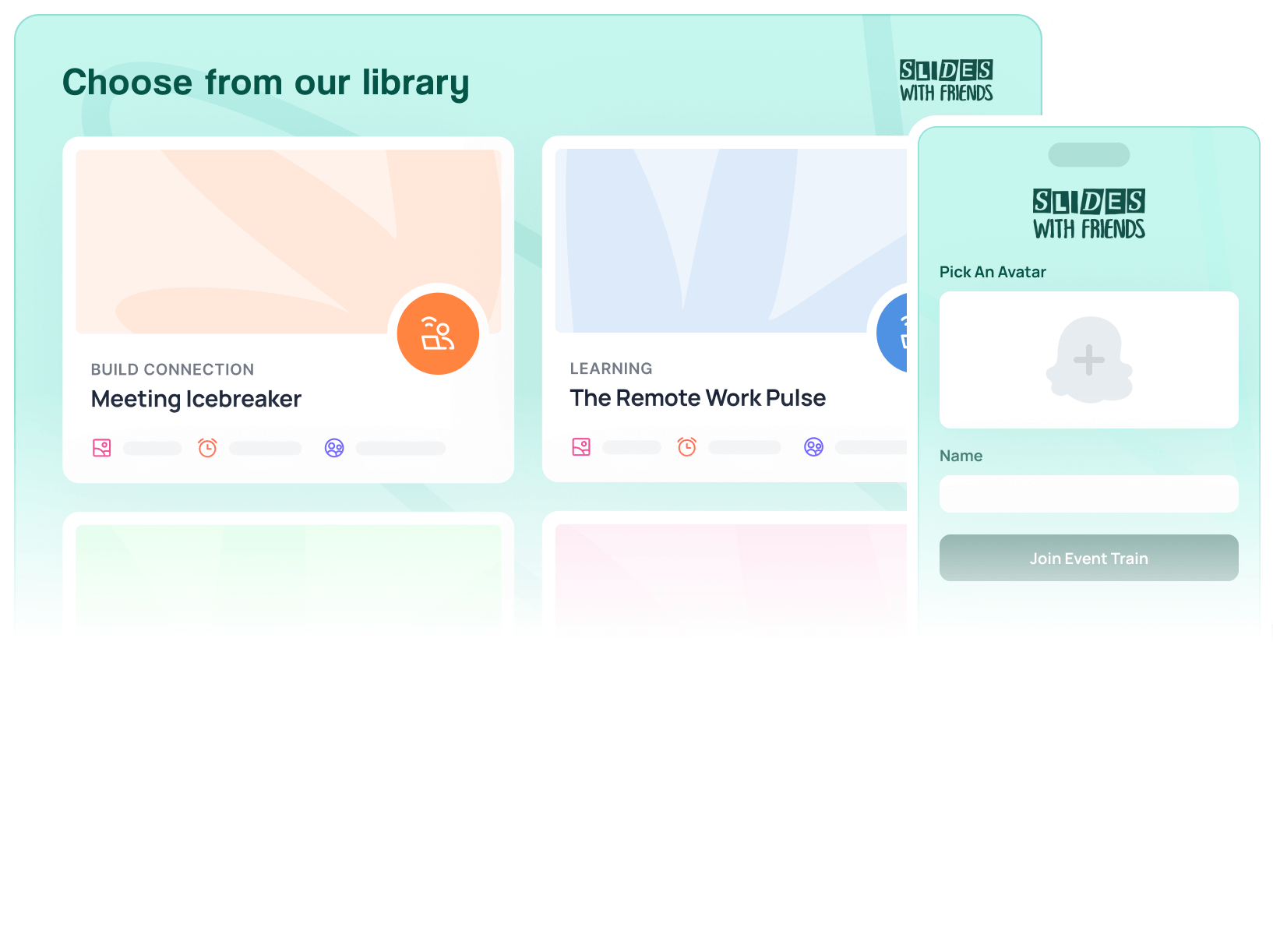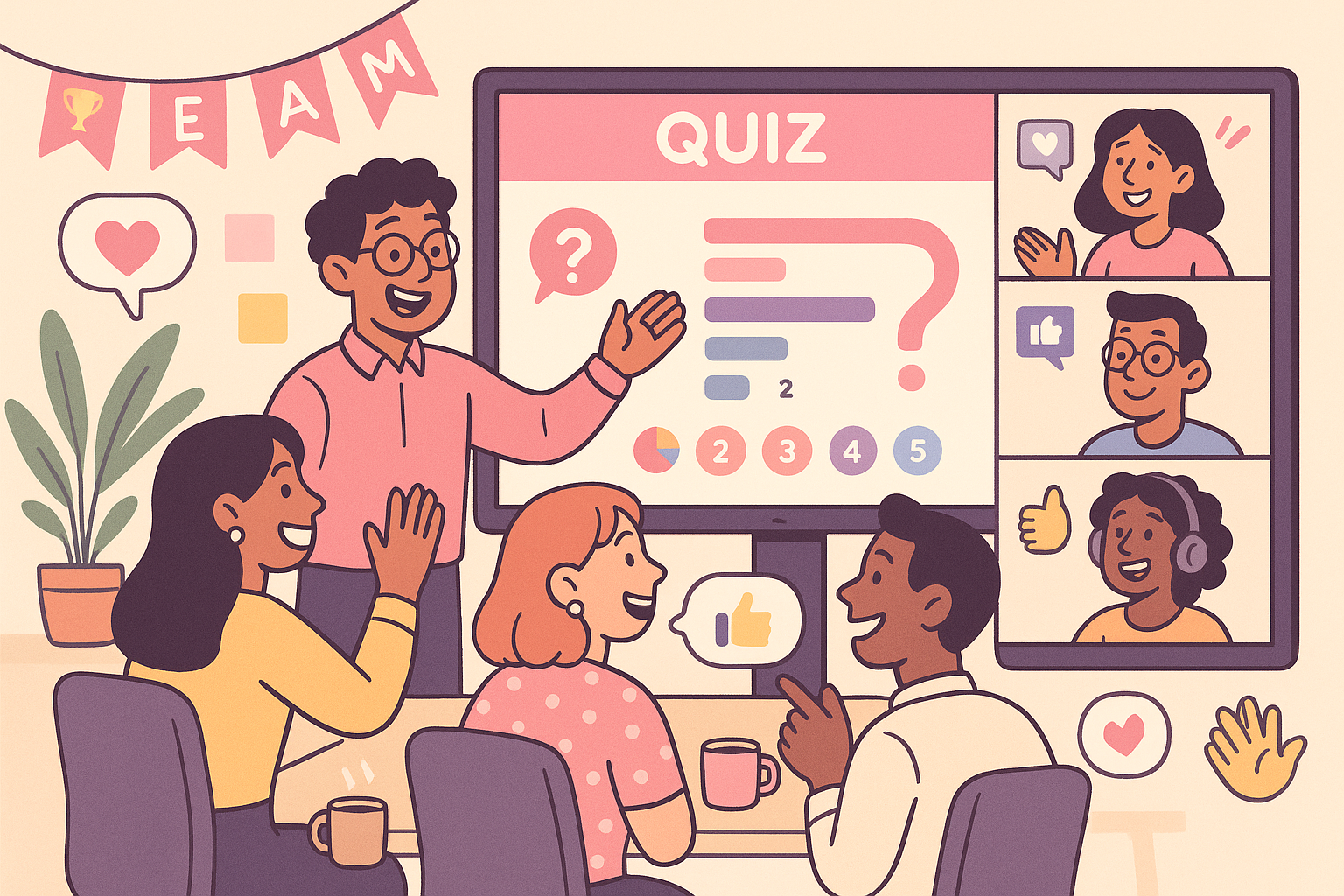Employee Engagement Training for Managers — Activities, Programs, and Tools

Employee engagement training significantly impacts companies because managers who actively engage with their teams and foster a culture of continuous learning witness improvements in work quality, productivity, and customer satisfaction.
According to studies, 46% of employees leave their jobs because of a lack of career growth opportunities. Another study by the American Psychological Organization found that over 90% of employees want consistent learning opportunities but only 47% of them say that their employers provide such opportunities.
Luckily, employee engagement training for managers can address these issues. Below is a compilation of effective activities, programs, and tools that can help managers improve engagement in the workplace.
Activities

Photo by Brooke Cagle on Unsplash
Team Building Challenges
Team building challenges can help managers build a positive company culture, which contributes to employee retention, improved productivity, and increased job satisfaction. These activities give employees a chance to get to know their managers and each other in a relaxed setting.
Team building challenges also foster a sense of belonging and strengthen connections among employees. When employees feel connected to their coworkers, they are more engaged, leading to improved communication, collaboration, and shared objectives. Highly engaged employees tend to be more dedicated to their work, willing to put in extra effort, and less inclined to look for new job opportunities.
Feedback and Recognition Workshops
Workshops focused on giving and receiving feedback as well as recognizing the achievements of others play an important role in creating a positive workplace environment and improving performance. Studies show that when managers foster a culture where feedback is valued, employees feel more engaged and motivated, which leads to better performance overall.
Recognition, on the other hand, fulfills a basic human need for feeling appreciated. When employees are recognized for their hard work, they become aware of their importance in the organization's success. This sense of purpose and belonging encourages employees to go the extra mile. Research shows that companies with recognition programs see a 14% increase in employee engagement and productivity compared to those without.
Vision and Values Alignment Sessions
As the business environment quickly changes, so do the preferences of today's workers. Research shows that over half of U.S. employees would accept lower pay to work for an organization that shares their values and beliefs. Similarly, 56% of employees wouldn't even consider a job at a company whose values they don't agree with.
That's why every manager must make sure that their team knows the organization's purpose and feels motivated to reach its goals. Managers can achieve this by holding sessions to align the team with the company's vision and values as part of their employee engagement training and development strategy. These sessions help ensure that everyone is working towards common goals, resulting in improved customer satisfaction, a happier workplace, and long-term business growth.
Tools

Slides with Friends
Slides with Friends is a helpful tool for managers who want to improve employee engagement. It’s an interactive slide deck builder that makes it easy to create engaging presentations and training materials. The platform promotes teamwork by allowing collaboration during training sessions. Managers can include interactive elements like polls, quizzes, and chat boxes to make presentations more fun and interactive. Plus, it's user-friendly, enabling participants to join with their phones by simply scanning a QR code. By using Slides with Friends, managers can create dynamic learning experiences that capture employees' attention and increase engagement in the workplace.
Engagement Surveys
Employee engagement surveys are tools that managers use to measure how engaged and motivated their team members are. These surveys ask questions to gauge how employees feel about their jobs and the company. While surveys used to be done on paper or in person, now they're often done online using tools like Slides with Friends to gather information more quickly and conveniently. Managers use employee engagement surveys to understand what factors contribute to employee engagement and what might be holding it back. It's a good idea to combine these surveys with other tools like polls to learn about employee preferences and gather feedback that will help managers create strategies to further improve engagement.
Gamified Performance Management Systems
Performance management is crucial for aligning, growing, and inspiring employees to meet company goals. However, many traditional systems often face issues like low levels of participation, limited feedback, and low satisfaction rates. Gamification offers a solution by increasing engagement, boosting employee motivation, encouraging healthy competition, and improving overall performance.
Gamified performance management systems like Trivie, Bunchball Nitro by BI Worldwide, LevelEleven, and Hoopla add game elements to make work performance management more interactive, personalized, and fun, resulting in a more committed and more engaged workforce. Plus, these systems make it easier to monitor and enhance performance through real-time feedback, recognition, and rewards.
Programs

Photo by Campaign Creators on Unsplash
Mentorship Programs
Mentorship is a one-on-one relationship where an experienced employee shares guidance, support, and knowledge with a less experienced coworker. Mentoring programs offer benefits for both mentors and mentees. They help accelerate professional growth, provide valuable advice, enhance knowledge sharing, and strengthen interpersonal relationships at the workplace. These programs are also often used to develop leadership abilities, enhance employee skills, and boost engagement. According to a report by HR.com, 58% of participants see mentoring as important for increasing employee engagement, highlighting its impact on employees' attitudes and commitment to their jobs.
Leadership Development Courses
Every good manager should be a leader who inspires and helps their team members grow, ensuring that the team's objectives align with the organization's goals. Leadership development courses offer managers a valuable opportunity to enhance their abilities, motivate their teams, and drive exceptional business outcomes through effective leadership training. Successful leaders can improve efficiency and engage their employees to achieve better results. Through leadership training, managers can learn to create a vision for their team, inspire others, improve decision-making, delegate tasks, foster trust, and manage conflicts effectively.
Well-Being and Resilience Programs
Well-being and resilience programs are designed to help employees cope with stress, achieve a healthy work-life balance, and sustain productivity during difficult times. Research showed that resilience training can reduce depression symptoms by up to 44%, while also contributing to enhanced overall health and well-being. Specifically, participants experienced improvements in mental (38%), emotional (40%), and physical (43%) well-being measures.
Investing in resilience and well-being training translates to higher engagement rates and improved performance. Resilience training equips employees with skills to stay focused, energized, and productive, helping them succeed under pressure and improving their ability to adapt, be creative, and innovate.


Ready to ditch the dull, and run team sessions that people will actually enjoy?
Get started with a Slides with Friends deck in no time. We’ve got all the interactive features you need in one easy-to-learn, easy-to-set-up tool.















